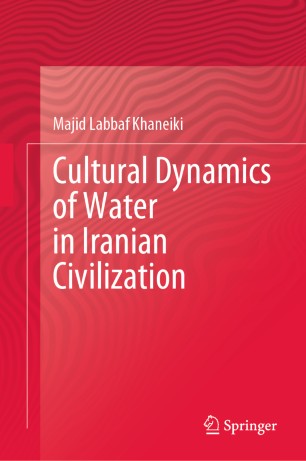

Most ebook files are in PDF format, so you can easily read them using various software such as Foxit Reader or directly on the Google Chrome browser.
Some ebook files are released by publishers in other formats such as .awz, .mobi, .epub, .fb2, etc. You may need to install specific software to read these formats on mobile/PC, such as Calibre.
Please read the tutorial at this link: https://ebookbell.com/faq
We offer FREE conversion to the popular formats you request; however, this may take some time. Therefore, right after payment, please email us, and we will try to provide the service as quickly as possible.
For some exceptional file formats or broken links (if any), please refrain from opening any disputes. Instead, email us first, and we will try to assist within a maximum of 6 hours.
EbookBell Team

0.0
0 reviewsThis book traces “water” back to the most primitive animistic notions that are still lingering on in the shape of such rituals as qanat marriage or rain-making. Water, in the Iranian philosophy, is used in an attempt to find an explanation for the genesis of the universe, as described in Zoroastrian Akhshij philosophy, according to which water is one of the four fundamental elements of the creation. The concept of time began to germinate in the Iranian mind, when they had to count the passage of time in order to divide their scarce water resources. Water became so omnipresent in Iranian culture that it reached even the most mysterious seclusion of the Sufi monks. In Iran’s local communities, water culture is a thread that runs through different types of production systems. This book goes beyond indigenous water knowledge and traditional irrigation techniques, and conceptualizes water as a pivotal element of Iran’s social identity, cultural dynamics and belief systems, where it examines the role of intermittent droughts in engendering and diffusing intangible cultural elements across the Iranian plateau. This book delves into Iran’s political organizations most of which were ensnared in a water-dependent lifecycle constituting a historical pattern described in this book as “hydraulic collapse” .